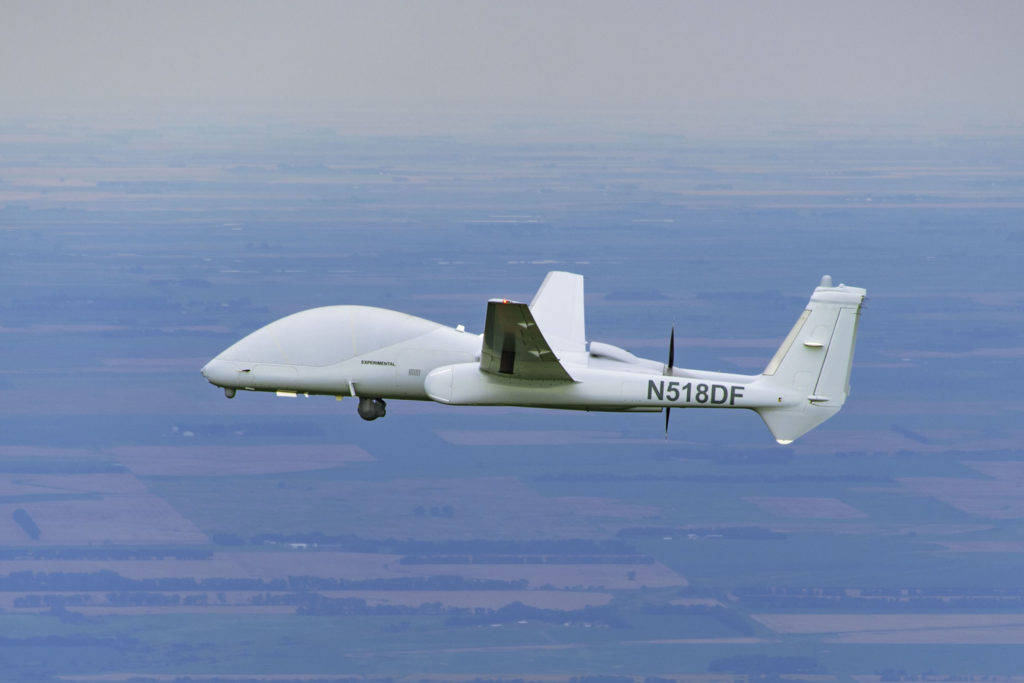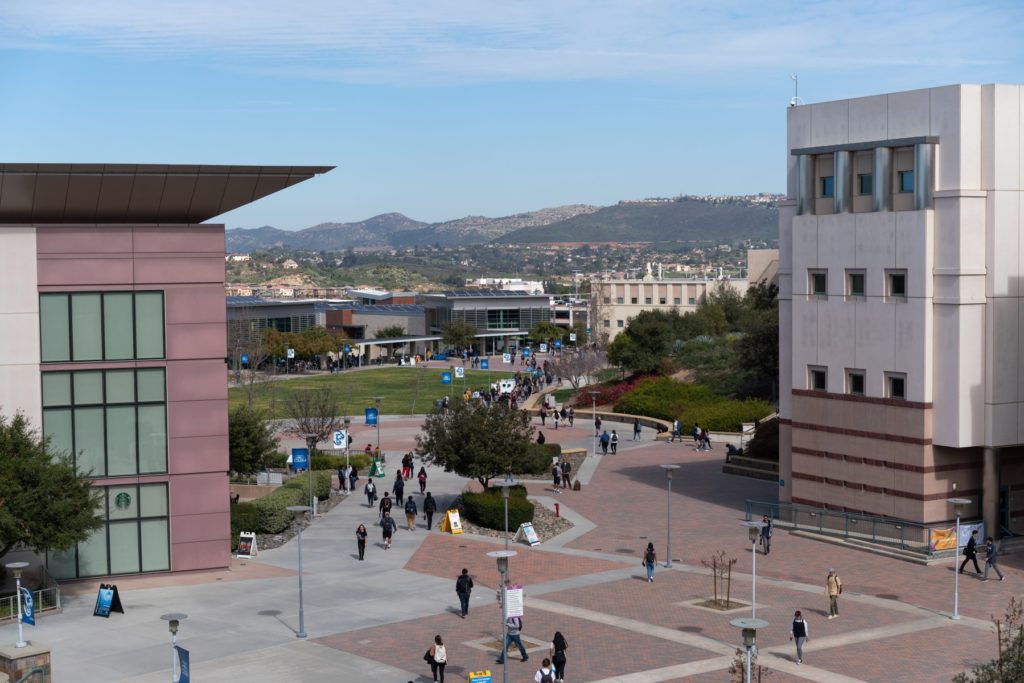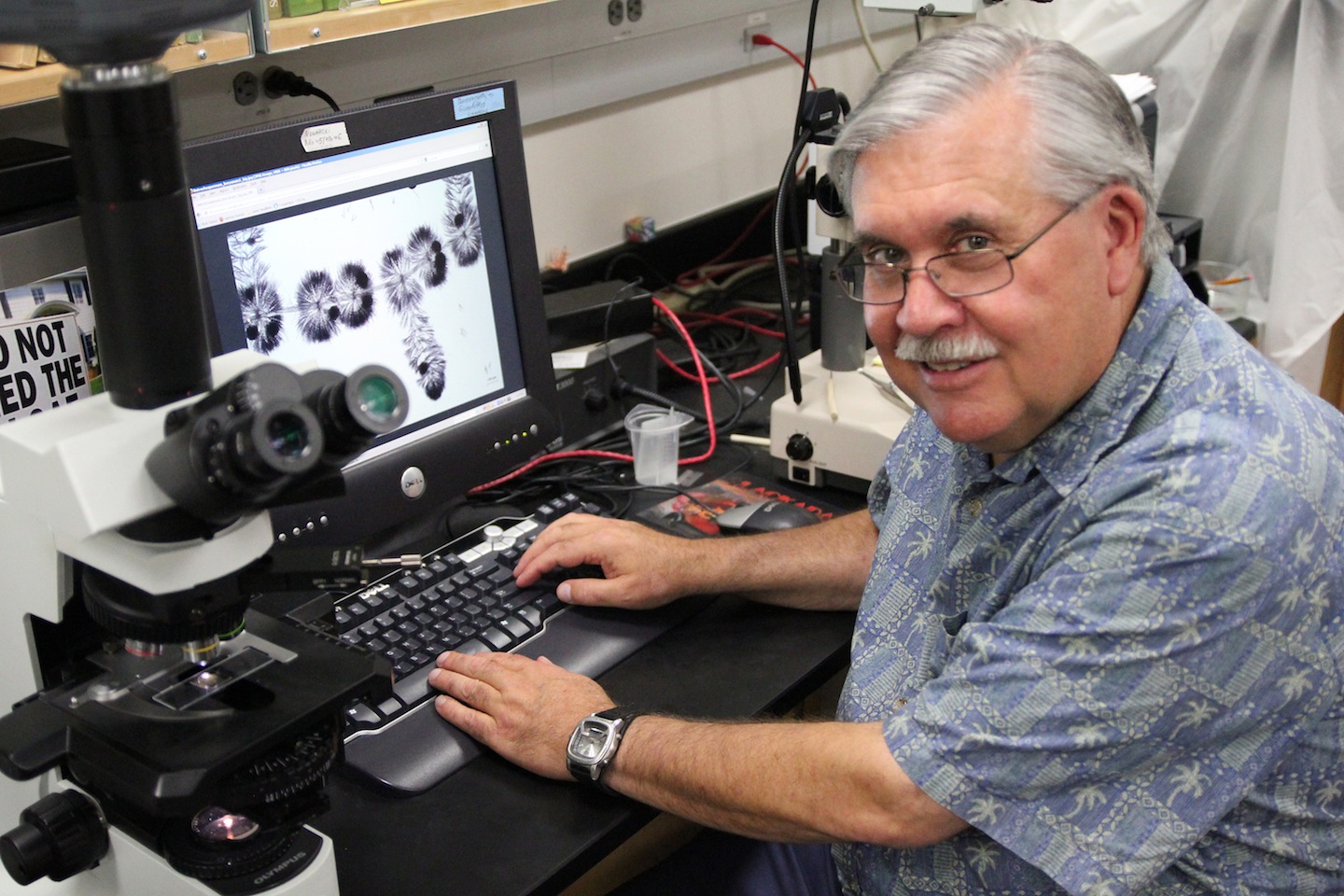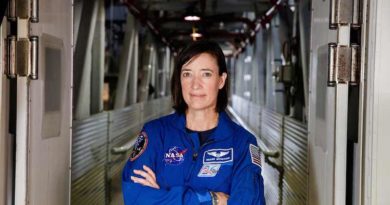Daily Business Report-April 8, 2021
City of San Diego showcases local craft beer industry with new website
The City of San Diego is launching a Business is Brewing website to provide beer breweries in San Diego with helpful market information and city economic development resources they can use to support and grow their businesses.
The website, created and managed by the city’s Economic Development Department, is designed to promote the benefits of being a local beer manufacturer, showcase more than 100 establishments for beer enthusiasts and educate everyone about the programs available to keep breweries, brew pubs and tasting rooms operating throughout the COVID 19 pandemic.
“San Diego remains one of the country’s Top 5 craft beer cities, and we want to make sure this important industry remains informed, supported and resilient as it continues to operate during the COVID-19 pandemic,” said Christina Bibler, director of the city’s Economic Development Department. “This interactive website is an innovative one-stop shop for beer manufacturers and beer enthusiasts, both locally and nationally, showcasing the spirit to brew and buy local during these challenging economic times.”
Features of the Business is Brewing website include:
• An interactive map with business and market information about the 110 operating breweries, brew pubs and tasting stores within City of San Diego limits.
• An economic report on the $1.2 billion San Diego regional beer cluster, which has supported 6,500 jobs (countywide) and $848 million in revenue.
• An interactive map showing the operating status of 144 breweries.
• Information about the city’s economic development programs that can assist breweries with launch, expansion and economic relief.
• A map tour of 23 breweries that produced award-winning beers at the Great American Beer Festival and the San Diego International Beer Festival in 2020.
Photo: Longship Brewery won a gold medal at the 2020 San Diego International Beer Festival. (Credit: City of San Diego)

California sets June 15 goal for full reopening
CalMatters
California’s collective year-long ordeal spent shuttered and sheltered-in-place finally has a tentative expiration date: June 15. Assuming all goes as planned, that’s the day that California will finally retire its color-coded tier system and let businesses and other gathering places open back up at full capacity.
Gov. Gavin Newsom: “We are seeing a bright light at the end of the tunnel and on June 15, all things being equal…we will be opening up this economy and business-as-usual.”
But — and you knew there was a “but” — conditions apply.
• The mask-mandate isn’t going anywhere anytime soon.
• The new June deadline only applies if hospitalization rates stay low and there’s more than enough vaccine to go around
• Schools are still a maybe.
Why the announcement now? Because there was more good news Tuesday.
California officially exceeded the 20 million dose mark — a symbolic benchmark, but a good reminder of just how far the state’s vaccination distribution program has come from its bumpy early rollout. State public health officials also say they’ve delivered 4 million of those doses to California’s most disadvantaged communities.
Northrop Grumman’s multi-sensor aircraft demonstrates operational flexibility
Northrop Grumman Corporation’s Firebird multi-sensor aircraft showcased the versatility of the optionally-manned autonomous system as it flew from San Diego to various locations across the United States last month. The ability of Firebird to be flown manned through national airspace is a demonstration of its unique operational flexibility for self-deployment and its rapid relocation ability to adapt to specific user needs and operational requirements, the company said.
The company flew Firebird almost 9,000 miles around the U.S. with stops in Dayton, Ohio; Washington D.C.; Patuxent River, Md.; as well as Tampa, Miami and Key West, Fla.
“Our flights showcased one of its key differentiators – the ability to position the system in a manned configuration, then convert to autonomous operations for persistent ISR in under two hours,” said Jane Bishop, vice president and general manager, autonomous systems, Northrop Grumman. “At each stop, plane-side briefings provided customers the opportunity to see first-hand the operational versatility of the platform, its large sensor bay, and rapid configurability for changing mission needs.”
SDSU ecologists-led climate adaptation project lauded as model
A tremendous amount of planning goes into mitigating wildfire risk, supporting sustainable water sources, and protecting communities and biodiversity.
Stakeholders at the city, county and state levels rely on comprehensive data backed by science to make informed decisions that will affect how communities and ecosystems adapt to climate change.
This is where conservation ecologists Megan Jennings and Rebecca Lewison and their interdisciplinary team of 15 researchers at San Diego State University come into the picture. Collaborating closely with the Climate Science Alliance, they analyze field data and develop scientific recommendations used by planning agencies and policymakers to shape California’s climate adaptation response.
The Connecting Wildlands and Communities (CWC) project they spearhead, funded by the California Strategic Growth Council’s Climate Change Research Program through a $1.8 million grant, has been lauded as a model for bringing together science and planning to explore how connected landscapes can support adaptation and resilience to climate change, for both ecosystems and local communities.
Nucleix secures $55 million funding led by RA Capital Management
Nucleix, a liquid biopsy company involved in cancer treatment, has secured $55 million from a syndicate of leading life science investors in an oversubscribed financing round.
The round was led by RA Capital Management, with participation from new investors including funds and accounts managed by BlackRock, Lilly Asia Ventures, LYFE Capital and MILFAM.
Nucleix will utilize the proceeds of the financing to continue the rapid advancement of its methylation technology, known as EpiCheck, and to develop Lung EpiCheck, its lead product for the early detection of lung cancer.
New study illustrates large economic impact of Cal State San Marcos
At Cal State San Marcos, that return is even more striking. For every dollar invested by the state in the campus, $8.45 in statewide industry activity is generated. When the impact of the enhanced earnings of CSUSM alumni is factored in, the figure is even greater – $24.78 in total economic activity for every dollar invested – demonstrating the ripple effect that each dollar of spending by CSUSM and its students has on the state.
Some of the other notable examples of CSUSM’s annual statewide economic impact include:
• $780.9 million in industry activity throughout the state ($721.6 million in San Diego County alone)
• $297.7 million in labor income ($278.8 million in San Diego County)
• $46.2 million in state and local tax revenue ($43.3 million)
The creation of 6,178 jobs (5,917)

Scientific detective work reveals important clues in case of rare Ebola relapse in Central Africa
In December 2019, in the Democratic Republic of the Congo, a man who had already been sick with Ebola fell ill with the virus once again. Because there were no recorded incidents of this having happened before, it gave rise to many urgent scientific questions. Among them: Should other survivors be worried—especially those who work in Ebola treatment units due to their supposed immunity?
Answers were needed, fast.
Scientists in the Scripps Research lab of Kristian Andersen, PhD—together with collaborators at the Democratic Republic of Congo’s national medical research organization Institut National de Recherche Biomédicale, the University of Nebraska Medical Center in Omaha, and teams from multiple other institutes around the world—began piecing together the puzzle using genomics, epidemiology and computational analysis.
The many findings that resulted from their scientific journey are documented in an article that appears in the New England Journal of Medicine.
UC San Diego Jacobs School of Engineering joins program to diversify engineering faculty
The University of California San Diego Jacobs School of Engineering has partnered with University of Michigan to strengthen a program that addresses the lack of diversity in the engineering academia.
The program, NextProf Pathfinder, is a two-day program developed at Michigan Engineering and aimed at first and second-year Ph.D. students, as well as students in masters programs, in an effort to keep them pursuing careers in academia.
It’s the newest program in a larger effort that began in 2012 as NextProf. To date, more than 144 women and people from underrepresented groups who attended its workshops have achieved tenure-track faculty positions. And UC San Diego Jacobs School of Engineering is the third institution to partner with Michigan Engineering on a NextProf program.
The two schools will partner on the NextProf Pathfinder program going forward, with the institutions swapping hosting duties each year. This year, the program will be in Ann Arbor, from October 17-19. The conference will be in San Diego in 2022.






